7 pests you might carry into your home with your Christmas tree
Watch out for these common Christmas tree pests
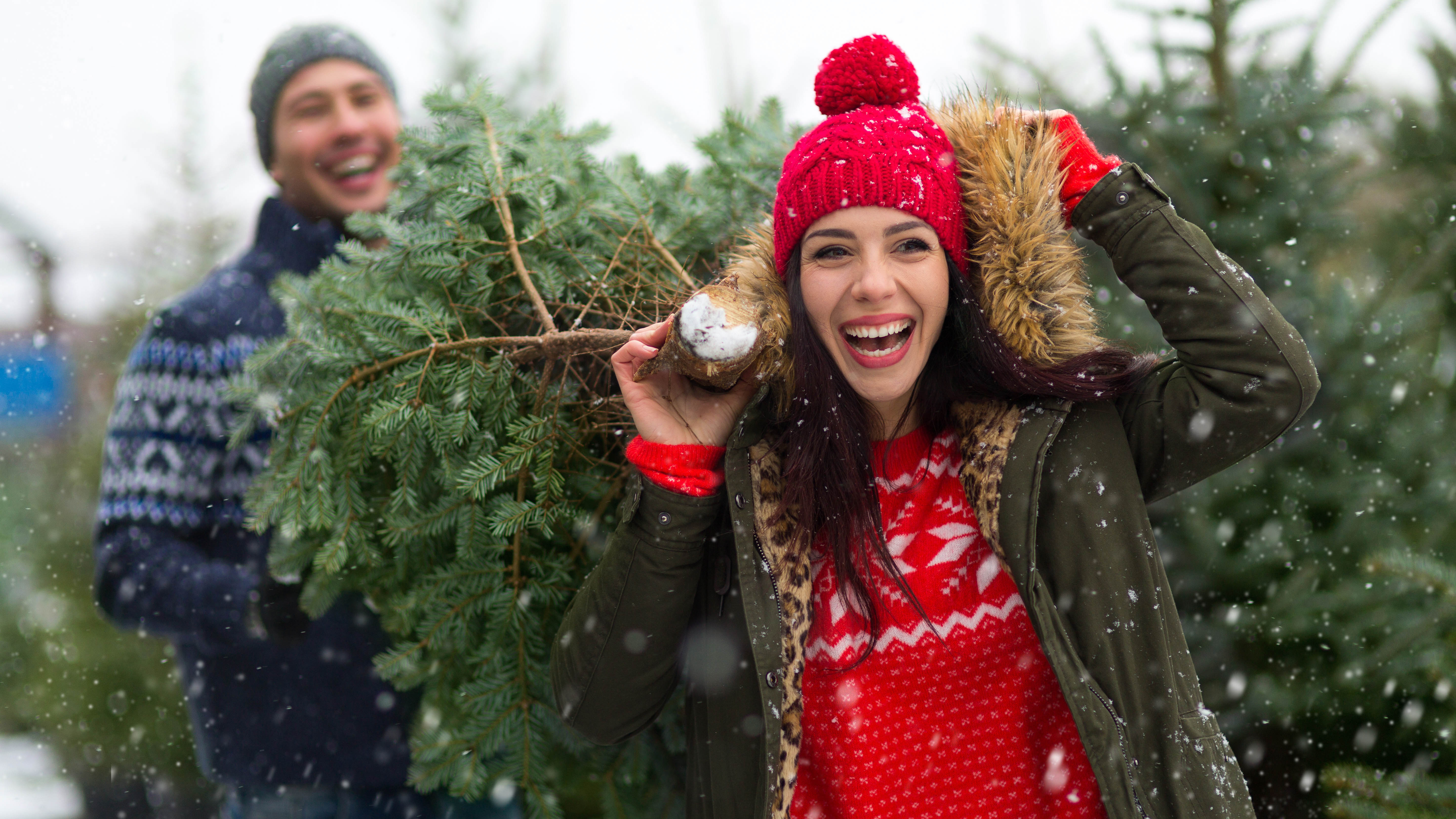
Putting up the Christmas tree is always a magical part of the holiday season, and if you favor a real tree, you might want to inspect it first before bringing it home. Otherwise you might well get a surprise gift hiding within the branches — and not a pleasant one either.
Unfortunately, there are common pests that you could unknowingly carry in with your Christmas tree. Such bugs tend to feed on or overwinter in pine trees, and unlike regular household pests such as cockroaches and mice, are suited for the outdoors. In which case, they will eventually die in your cozy environment due to lack of food and dehydration.
And while experts say these particular bugs are harmless and are not found in all Christmas trees, it’s still worth being on the lookout for them. After all, you don’t want to ruin your festive gift-opening on the day. So if you want to be on the safe side, here are the common pests you might carry in your Christmas tree.
And if you’re undecided, check out our guide on real Christmas tree versus fake — which is better?
1. Bird mites/parasites
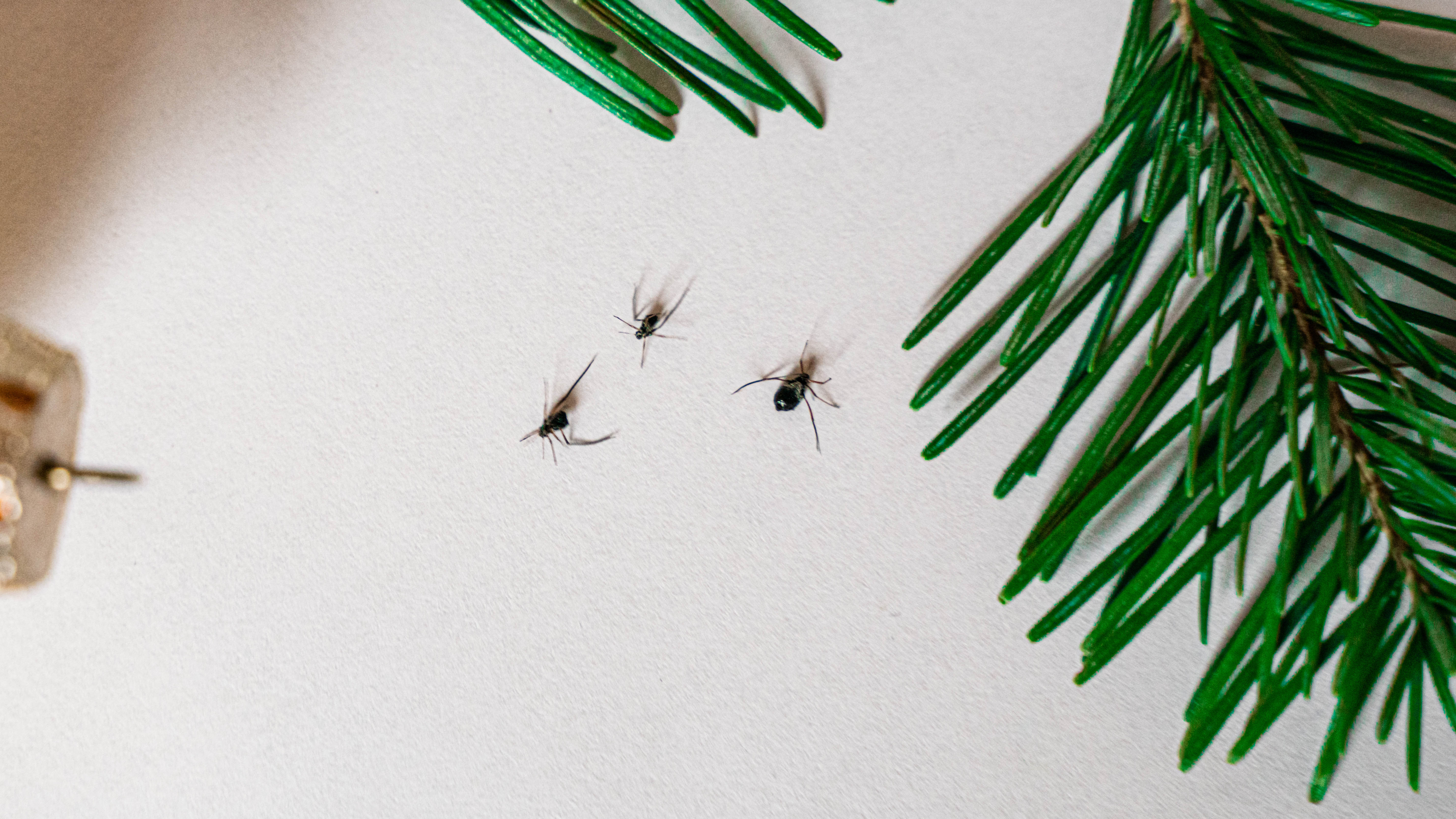
One thing about trees is that they are the ideal place for inactive bird nests. Unfortunately, while the birds may have flown away, bird mites or parasites may still inhabit the nest. And, these bugs are so tiny that they are difficult to spot.
Before bringing your tree inside, look inside the branches first and remove any inactive nests. Make sure you wear protective gloves before doing so, and dispose of them in a securely sealed container or exterior trash bag. It’s also best to get rid of it in the trash away from the home.
2. Aphids
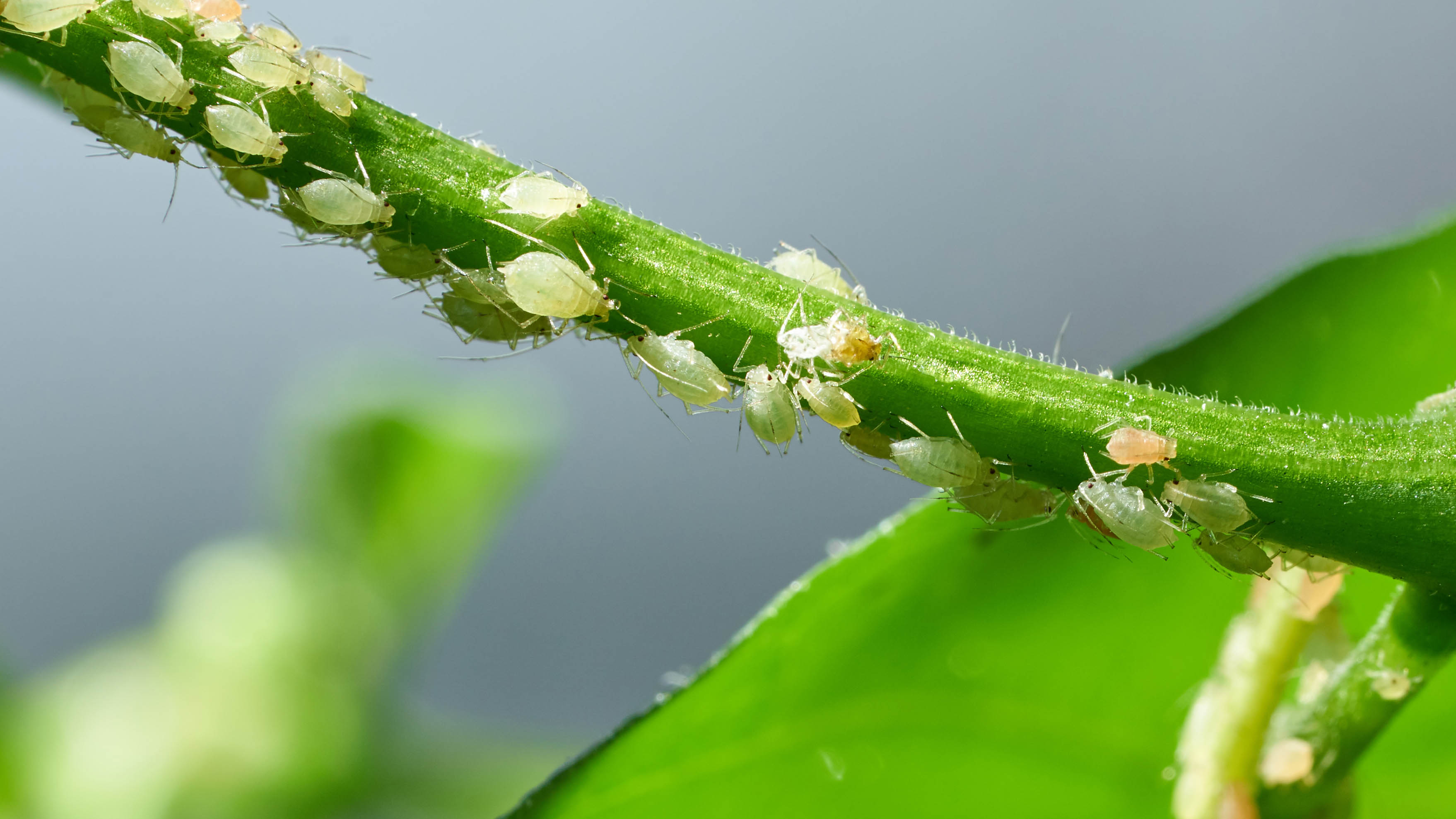
Aphids are a common garden pest that feed on plants, sucking the sap from the leaves. Typically, they range in color from green and yellow to brown and black, and can either have wings or are wingless. Most aphids are tiny and unnoticeable on Christmas trees, but some species grow large enough to be spotted.
Get instant access to breaking news, the hottest reviews, great deals and helpful tips.
These critters can usually be found on lower branches on Christmas trees, and will usually survive only on the particular tree. This means that they won’t spread and infest your other houseplants.
If you do happen to spot these bugs however, here are 7 ways to repel aphids and keep them out.
3. Bark Beetles
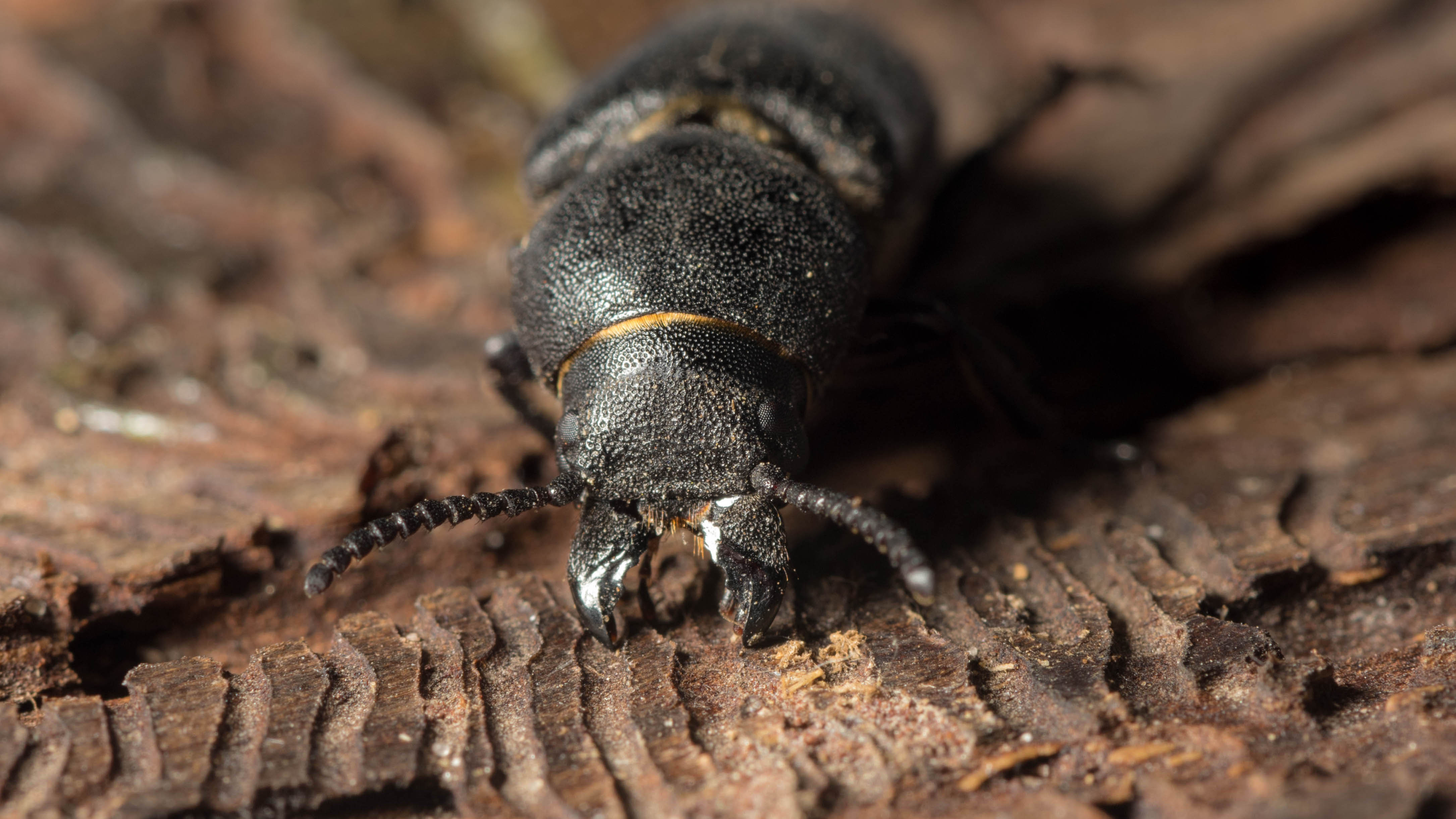
As the name suggests, these hard-bodied insects live in the bark of Christmas trees. These red, brown or black bugs are usually tube-like shaped, and about the size of a grain of rice. In addition, these tend to bore down into the moist trunk, causing tiny holes or sawdust residue.
Despite their love for wood however, these critters won’t damage any timber furniture or structures in the home.
4. Psocids
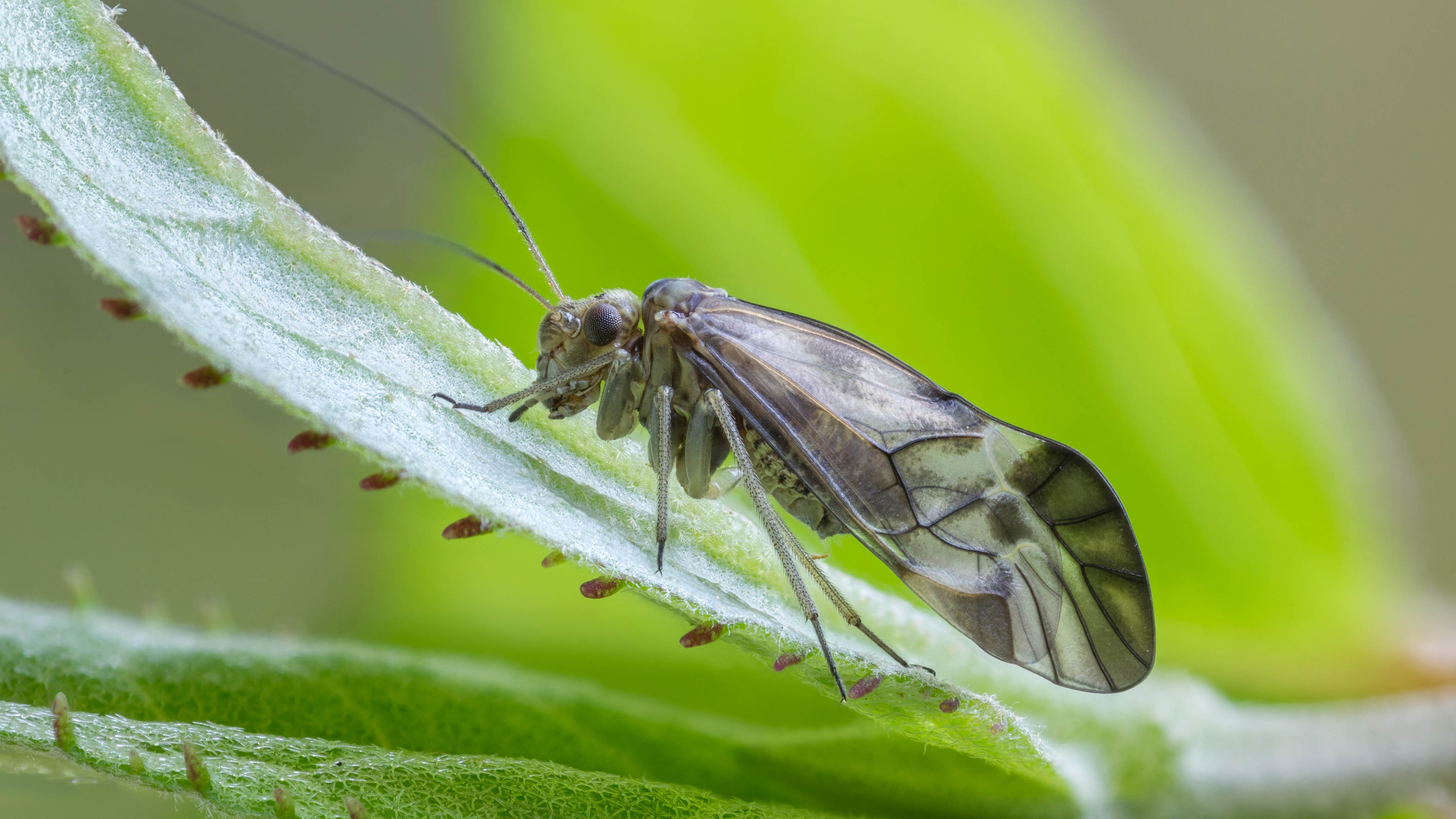
Also known as bark lice or booklice, psocids are small, winged bugs. These are typically brown or gray in color, and usually feed on organic matter such as fungus, pollen or mold that might be in your Christmas tree. These are also known to die quickly in homes when exposed to dry indoor air — so don’t be surprised to find these lying around.
Despite their name however, they don’t bite or feed on humans like regular lice do. However, these critters are known to stain your upholstery and gift wrap paper.
5. Spiders
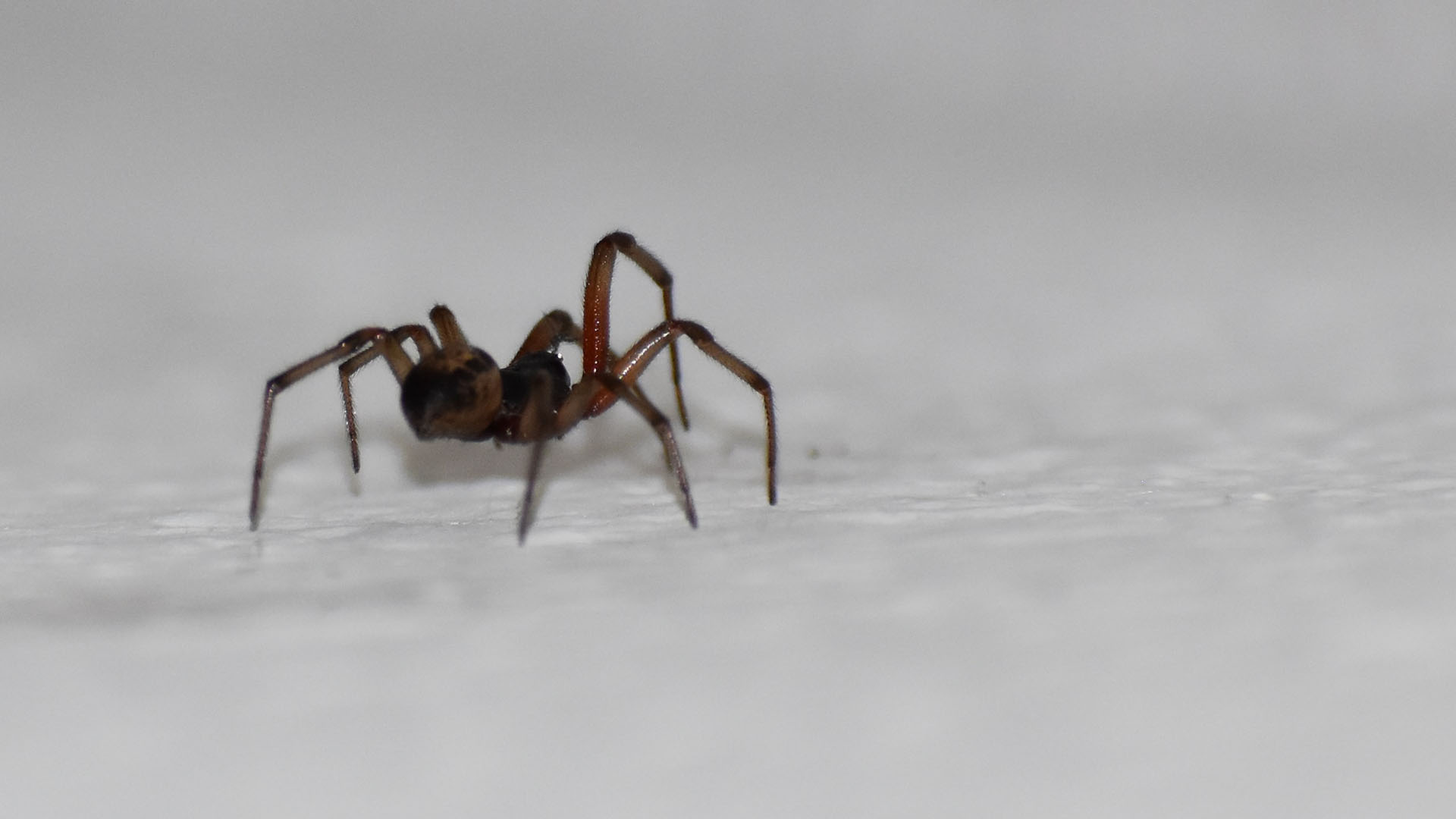
Knowing how to get rid of spiders can be a nuisance at the best of times, but even worse when they’re harboring in your Christmas tree. Typically, spiders will find their way into the tree in search of food, which are usually other active insects or their eggs.
Generally, Christmas tree spiders are harmless to humans and pets, unless you happen to see a Black Widow or the Brown Recluse, which are rare and don't live in trees! In any case, be sure to check inside the branches and leaves for these crawlies.
6. Praying Mantis
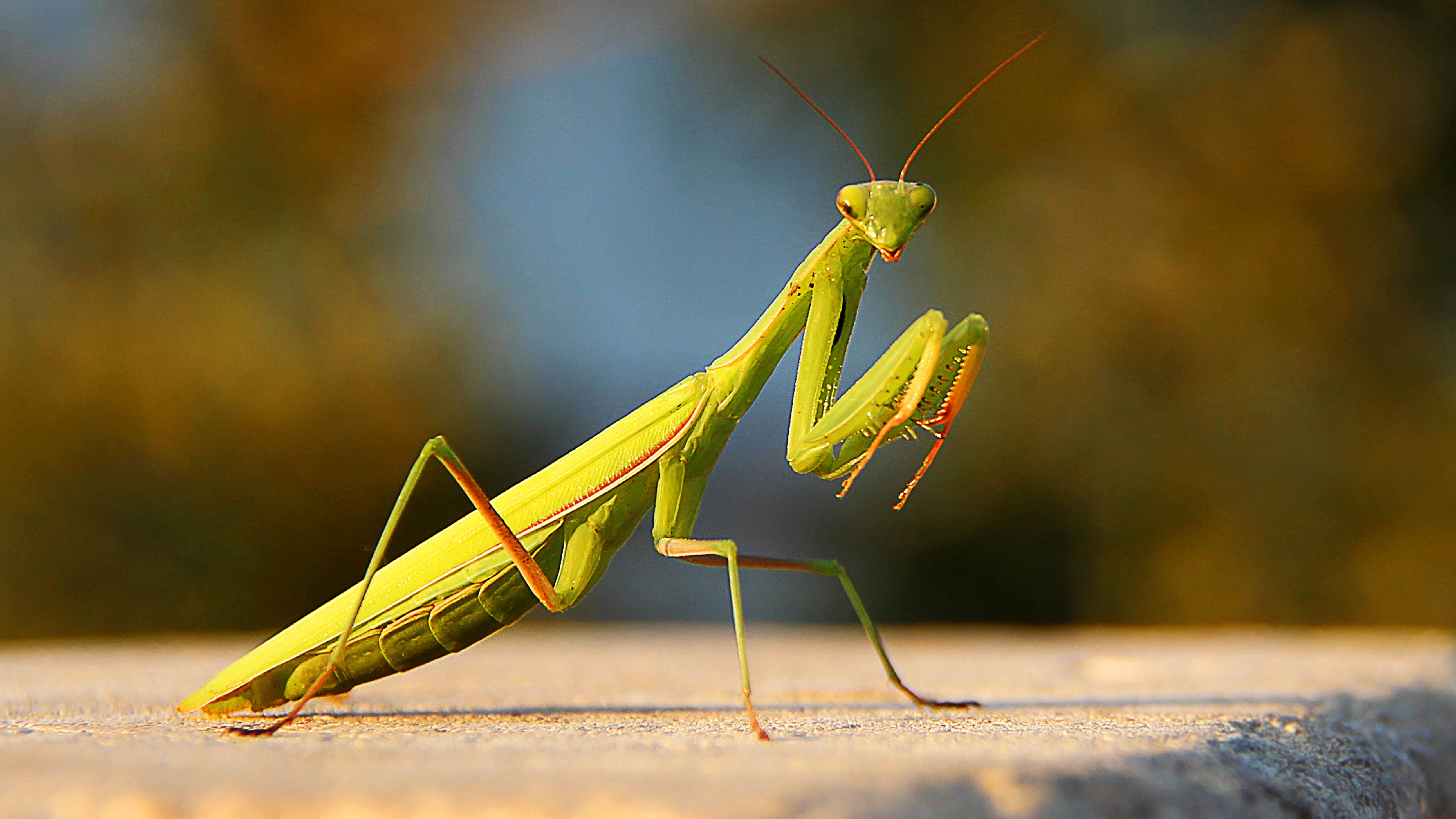
Recognised for their distinct ‘praying’ pose, these pests can produce an egg mass of up to 400 eggs. As a result, you don’t want these egg cases attached to the branches hatching in your Christmas tree!
If so, these tiny insects will infest your tree in search for food such as other insects (or even each other!). In that case, make sure you remove the infested part of the branch and take it outdoors. You’ll want to prevent the risk of more eggs hatching inside.
7. Adelgids
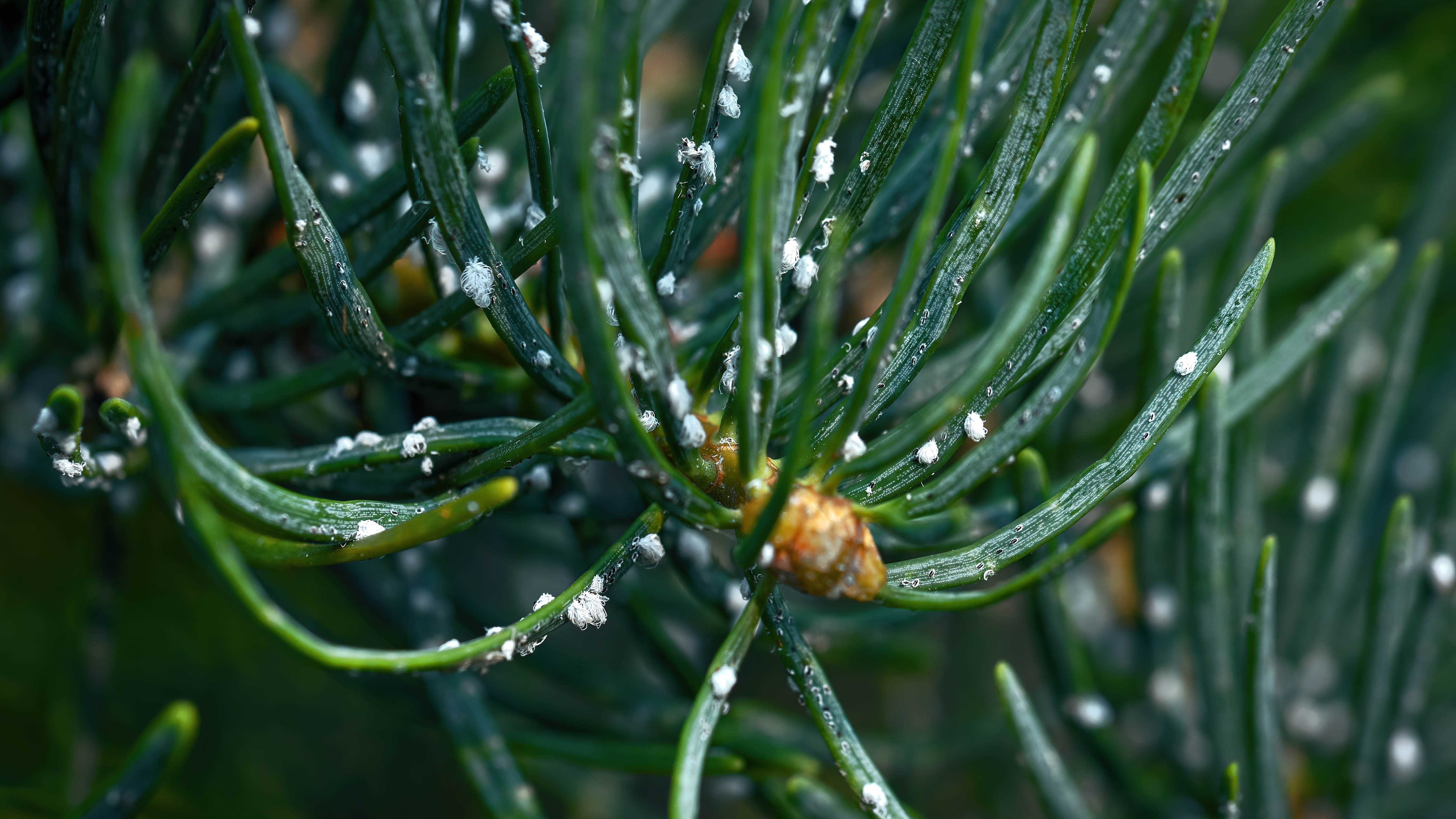
If you’re wondering what the wool-like wax on your leaves are, these are common tree bugs called adelgids. These tiny pests secrete the white waxy coating over the branches, needle bases, buds and the stem. In fact, the coating can resemble a dusting of snow on your Christmas tree. In addition, the insects underneath can be yellow or purple in color.
Although adelgids can cluster together, and cling onto branches, these are not harmful to humans or pets.
How to remove Christmas tree pests

Before buying your Christmas tree, ask the tree lot attendant to vigorously shake the tree to shake off any bugs that might be hiding. Then leave it to 'sit' for a few days in your garage. The drier environment will kill off any remaining bugs due to the lack of food.
Once brought indoors, inspect the branches with a flashlight, just to make sure that there are no bug eggs or any crawlies. If you do spot any, prune the branches with one of the best pruning shears.
Never use insecticide spray all over your tree. These aerosol pesticides are highly flammable and generally shouldn't be used indoors, especially when the windows are closed.
More from Tom's Guide
- Here are 5 festive ways to decorate a Christmas tree
- We've also found 7 mistakes to avoid when buying holiday gifts
- Or learn how to grow a Christmas tree and keep it for next year

As the Homes Content Editor, Cynthia Lawrence covers all things homes, interior decorating, and garden-related. She has a wealth of editorial experience testing the latest, ‘must-have’ home appliances, writing buying guides and the handy ‘how to’ features.
Her work has been published in various titles including, T3, Top Ten Reviews, Ideal Home, Real Homes, Livingetc. and House Beautiful, amongst many.
With a rather unhealthy obsession for all things homes and interiors, she also has an interior design blog for style inspiration and savvy storage solutions (get rid of that clutter!). When she’s not testing cool products, she’ll be searching online for more decor ideas to spruce up her family home or looking for a great bargain!
